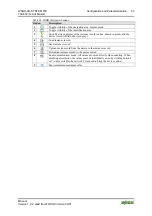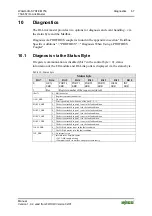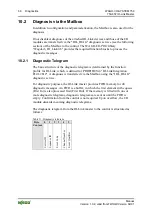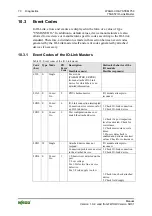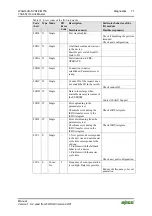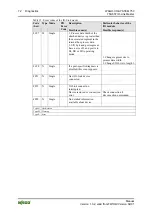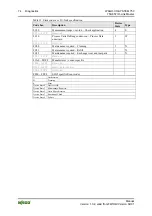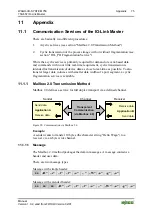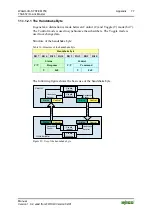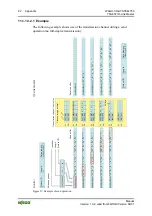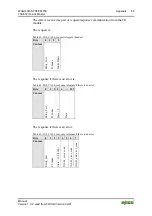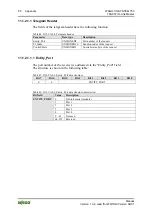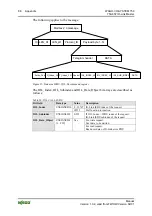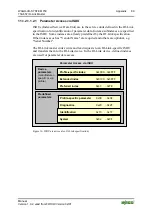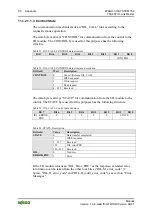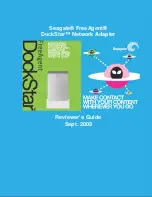
WAGO-I/O-SYSTEM 750
Appendix
75
750-657 IO-Link Master
Manual
Version 1.0.2, valid from FW/HW-Version 02/01
Pos: 88 /Alle Serien (Allgemeine Module)/Überschriften für alle Serien/Anhang - Überschrift 1 @ 4\mod_1239874070437_21.doc @ 30560 @ 1 @ 1
11 Appendix
Pos: 89 /Serie 750 (WAGO-I/O-SYSTEM)/Feldbuskommunikation/IO-Link/Mailbox-Kommunikation 750-0657 - Teil 1 @ 10\mod_1303204207690_21.doc @ 72080 @ 2344545666656345667655 @ 1
11.1
Communication Services of the IO-Link Master
There are basically two different procedures:
1.
Acyclic services (see section "Mailbox 2.0 Transmission Method")
2.
Cyclic transmission of the process image with or without fragmentation (see
section "IOL_PD Fragmentation Service")
While the acyclic service is primarily required for demand or event-based data
and commands with no or little real-time requirement, cyclic transmission is
intended for transmission of device data as close to real-time as possible. To also
transfer larger data volumes with smaller data widths of a port segment, a cyclic
fragmentation service is available.
11.1.1
Mailbox 2.0 Transmission Method
Mailbox 2.0 defines a service for full duplex transport via a defined channel.
Figure 28: Communication via Mailbox 2.0
Example:
A sender wants to transfer 10 bytes (the character string "Hello Wago") to a
receiver via a 4-byte wide channel.
11.1.1.1 Message
The Mailbox 2.0 method packages the data in messages. A message contains a
header and user data.
There are two message types.
Message with simple header:
xx „H“ „e“ „l“ „l“ „o“ „ “ „W“ „a“ „g“ „o“
Message with extended header:
xx
xx
xx „H“ „e“ „l“ „l“ „o“ „ “ „W“ „a“ „g“ „o“
Transparent
Communication
(via Mailbox 2.0)
Send data
Application A
Receive data
Receive data
Application B
Send data
Sender Channel Receiver



